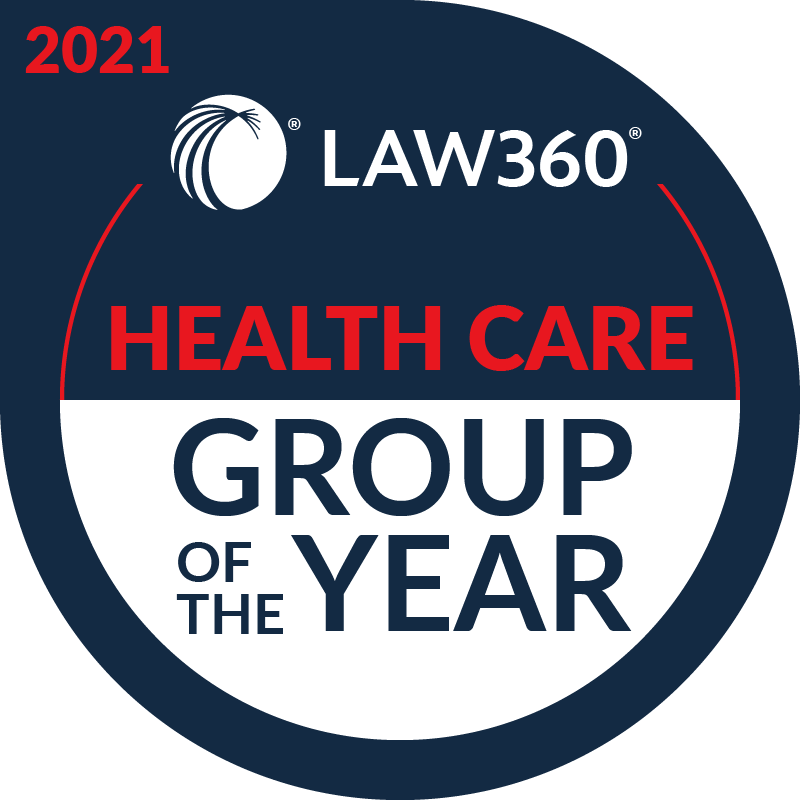The lasting impact of COVID-19 on healthcare transactions is multifaceted and has rapidly altered the trajectory of the dealmaking landscape as well as business collaborations. On this episode of the After the Curve podcast, we discuss how the COVID-19 pandemic is affecting healthcare transactions today, as well as the outlook for the healthcare deal landscape post-COVID-19. McDermott’s Chief Marketing Officer Leslie Tullio is joined by Jed Spielman and Kevin Miller to discuss topics surrounding the impact of the pandemic on healthcare transactions, including:
- The sectors of the healthcare industries that are most likely to experience a surge in deal volumes and why
- COVID-19-induced programs that have altered the way healthcare transactions are getting done
- Which transformational aspects of transaction protocol are most likely to carry into the post-COVID-19 future
- Insights from the transactions perspective and a look at the most promising upcoming collaborations
- Advice for dealmakers and healthcare leaders who are looking to effectively adjust their portfolios in a post-COVID-19 environment
read more

 Subscribe
Subscribe





